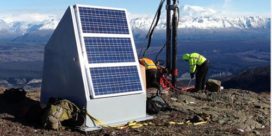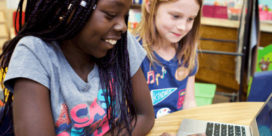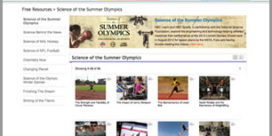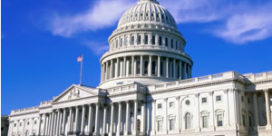IRIS Debuts Powerful New Application Where Students Use Seismic Waves Data to Learn about the Layers of the Earth
WASHINGTON, D.C. (May 3, 2022) — The Incorporated Research Institutions for Seismology (IRIS) has created an online version of its ... Read more









